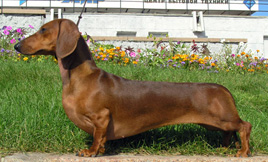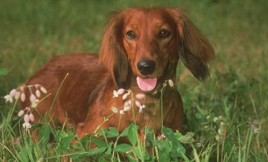ARBA Groups
American Rare Breed Associations Groups
On this page you will be able to select the Breed Standard for the breed you are interested in. Some of the Breed Standards that we recognize are from the American Kennel Club, the Federation Cynologique International, United Kennel Club and other various recognized Parent Breed Clubs throughout the world.
Group[ One (Sheep and Cattle Dogs)
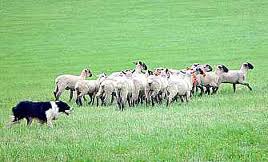
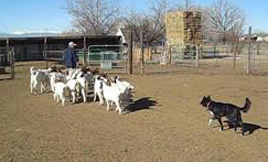
The term "herding dog" is sometimes erroneously used to describe livestock guardian dogs, whose primary function is to guard flocks and herds from predation and theft, and they lack the herding instinct. Although herding dogs may guard flocks their primary purpose is to move them; both herding dogs and livestock guardian dogs may be called "sheep dogs". (Wikipedia)
Two (Pinscher and Schnauzer-Molossoid Breeds-Swiss Mountain Dog-Cattle Dogs)

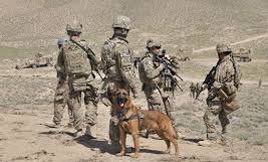
One of many of several breeds of usually large, powerful dogs originally developed to assist people in theirdaily
work, as draft animals, guard dogs, and guide dogs, and including the boxer, bullmastiff, Dobermanpinscher,
Great Dane, St. Bernard, and Siberian Husky.
Any of various breeds of dog bred as guard, herding,
draft,
or rescue animals. Breeds range from medium
to large, but all are sturdy and muscular, intelligent
and loyal.
Group Three (Terriers)
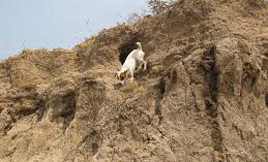

A terrier is a dog of any one of many breeds or landraces of terrier type, which are typically small, wiry, very active and fearless dogs. Terrier breeds vary greatly in size from just a couple of pounds to over 70 pounds and are usually categorized by size or function. There are five different groups with each group having several different breeds.
Group Four (Dachshund)
The dachshund (UK /ˈdæksənd/ or US /ˈdɑːkshʊnt/ DAHKS-huunt or US/ˈdɑːksənt/;[2]) is a short-legged, long-bodied dog breed belonging to the hound family. The standard size dachshund was bred to scent, chase, and flush out badgers and other burrow-dwelling animals, while the miniature dachshund was developed to hunt smaller prey such as rabbits. In the American West they have also been used to hunt prairie dogs.
Group Five (Spitz - Primitive


Spitz type dogs (the correct German plural is Spitze, though spitzes is commonly used in English) are a type of dog characterized by long, thick, and often white fur, and pointed ears and muzzles. The tail often curls over the dog's back or droops.
Group Six (Blood Hounds)
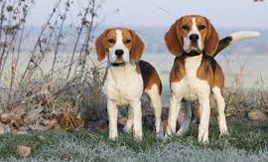

as a bloodhound) that hunts and pursues game by scent rather than by sight.
Group Seven (Pointers)
A Pointer, often called the English Pointer, is a breed
of dog developed as a gun dog. It is one of
several pointing breeds. 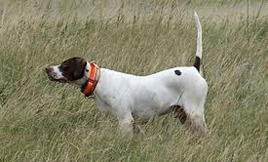

Group Eight (Retrievers)


A retriever is a typre of gundog that retrieves game for ahunter Generally gun-dogs are divided into three major classifications: retrievers, flushing spaniels, and pointing breeds. Retrievers were bred primarily to retrieve birds or other prey and return them to the hunter without damage. Although spaniels and some pointing breeds routinely retrieve game, and many retrievers are skilled in finding game, retrievers are distinguished in that non-slip retrieval is their primary function. As a result, retriever breeds are bred for soft mouths and a great willingness to please, learn, and obey. A soft mouth refers to the willingness of the dog to carry game in its mouth without biting into it. "Hard mouth" is a serious fault in a hunting dog and is one that is very difficult to correct. A hard-mouthed dog renders game unpresentable or at worst inedible.
Group Nine (Companion-Toy)
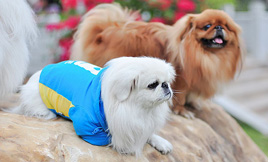
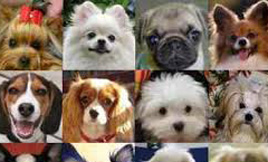
Spitz-type a href="http://en.wikipedia.org/wiki/Dog" title="Dog">dogs (the correct German plural is Spitze, though spitzes is commonly used in English) are a type of dog characterized by long, thick, and often white fur, and pointed ears and muzzles. The tail often curls over the dog's back or droops.
Group Ten (Sighthounds)
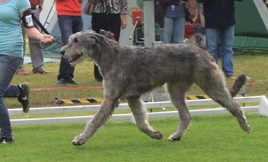
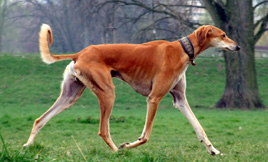 S
S
Sighthounds such as the saluki/sloughi type (both named after the a href="https://en.wikipedia.org/wiki/Seleucid_Empire" title="Seleucid Empire"> Seleucid Empire) have existed for at least 5,000 years, with the earliest presumed sighthound remains appearing in the excavations of Sumer dated approximately 7000–6000 BC.[4] The earliest description of a sighthound in European recorded history comes from Arrian's Cynegeticus, of the 2nd century AD. Although today most sighthounds are kept primarily as pets, they have been bred for thousands of years to detect movement, chase, capture, and kill prey primarily by speed. They thrive on physical activity. Some have mellow personalities, others are watchful or even hostile towards strangers, but the instinct to chase running animals remains strong.
Apart from coursing, open-field coursing, and hunting, various dog sports are practiced with purebred sighthounds, and sometimes with Lurchers and Longdogs. Such sports include racing, lure coursing, and other events.
 ARBA
ARBA 